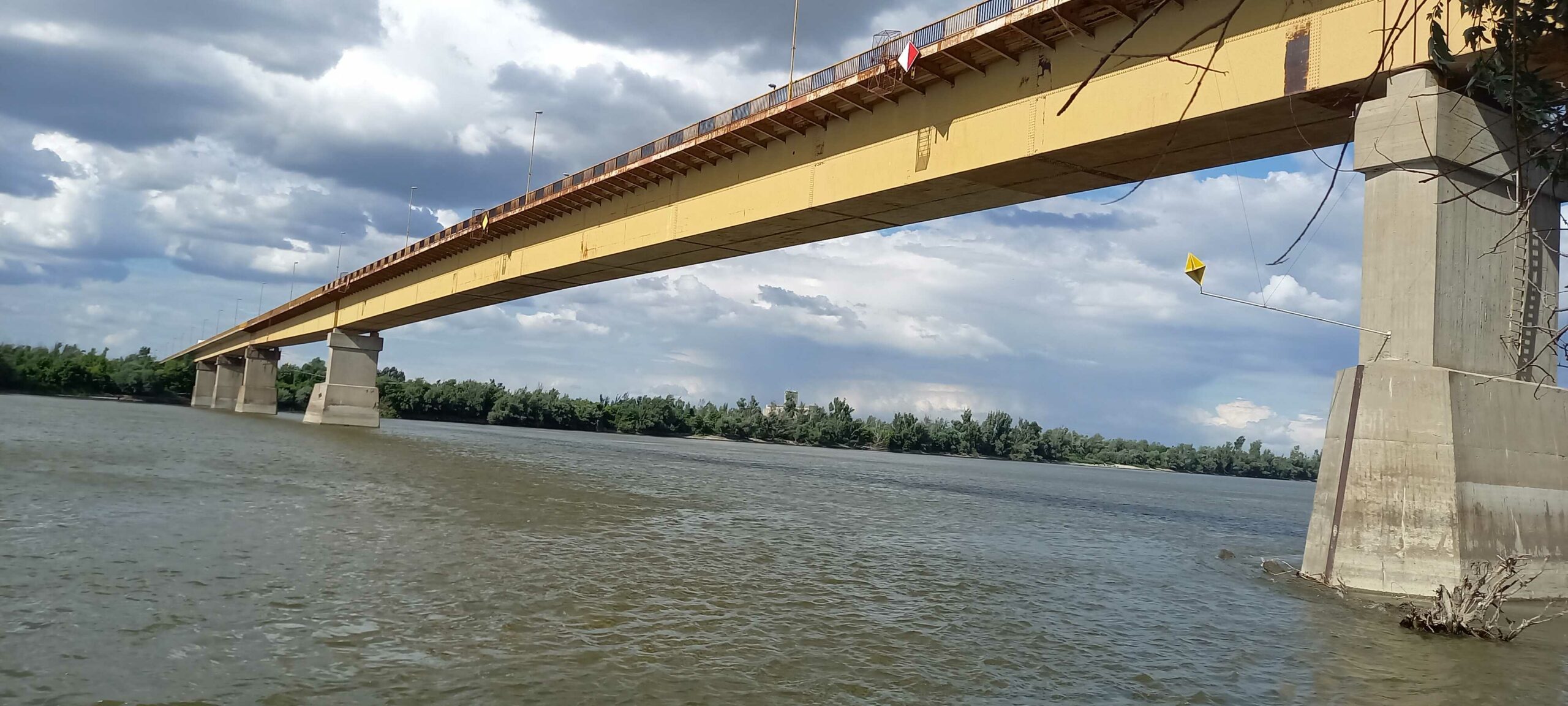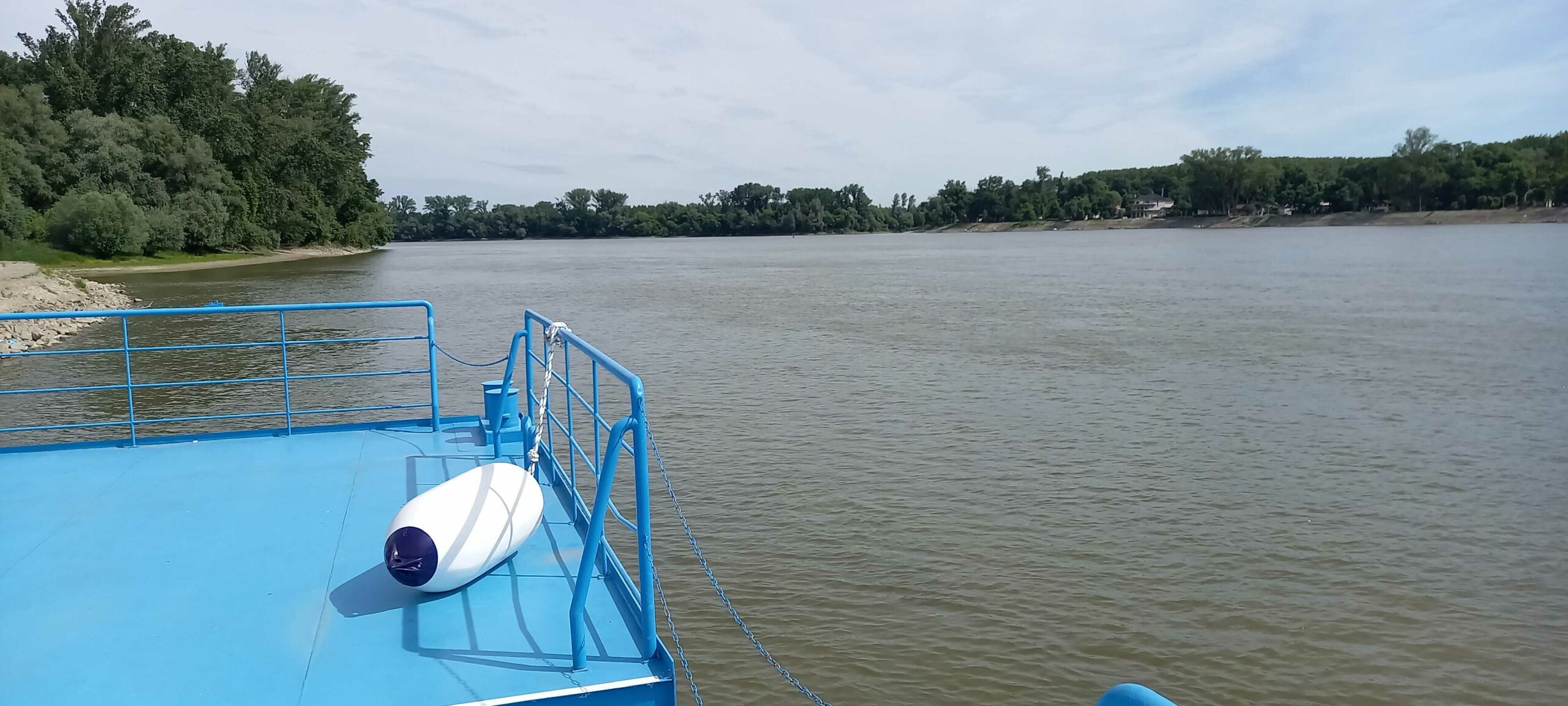Analysing organic substances in the Danube using passive samplers


As mentioned in previous articles, the implementation of the Fifth Joint Danube Study is currently underway, which includes various studies such as the assessment of water quality and the impact of the river on biodiversity. The Danube research also relies on the analysis of organic pollutants using passive samplers.
Organic pollutants are often present in the water in low concentrations that are difficult to detect with conventional sampling of small volumes of water. Passive samplers are particularly suitable for this purpose. Passive samplers are devices that collect water samples based on natural processes (e.g. filtration) and therefore require no power supply or active management during sampling. Sampling with these devices provides information on the freely dissolved traces of organic pollutants in the water of the Danube and enables an assessment of their spatial distribution along the entire river. The results will be published next year in a report on the study of the Danube.
The Department of Water Management and Marine Protection of the Ministry of Environment and Green Transition, together with the Josip Juraj Strossmayer Water Institute, helped organise the installation of passive samplers in Croatia at the Batina and Ilok sites. Colleagues from the Czech Republic, Tomáš Randák and Roman Grabic from the University of South Bohemia in České Budějovice and Branislav Vrana from Masaryk University, successfully installed two of the ten passive samplers at the end of last week, on 29 and 30 May 2025. These samplers will be recovered at the end of August and sent for detailed analysis. The team travelled 3,400 km from Romania to Germany in seven days.
These activities were supported by the Ministry of Maritime Affairs, Transport and Infrastructure, the Vukovar Port Authority, the Vukovar Port Administration, Hrvatske Ceste (Croatian Roads), the Osijek Technical Department and the border police at the Batina and Ilok border crossings. Up-to-date information on the Fifth Joint Danube Investigation can be followed on the official website. The Institute’s website is expected to provide updates on the continuation of the Fifth Joint Danube Investigation.

